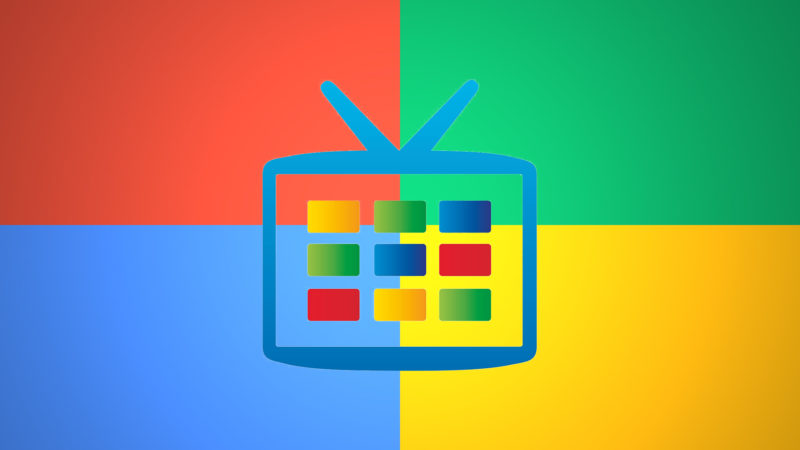Google launches DoubleClick Dynamic Ad Insertion to personalize TV ads across devices
New features in DoubleClick For Publishers are aimed at giving TV broadcasters more control over ad experiences across screens.

Daniel Alegre, president of global partnerships at Google, made the announcement Thursday at the NAB Show, the annual event put on by the National Association of Broadcasters, in Las Vegas. The company also announced that MCN, Roku and Cablevision will use DoubleClick for Publishers (DFP) for ad serving across screens, including set-top boxes, connected TVs, desktops and mobile devices. Google already has partnerships with AMC Networks in the US and Globo in South America.
Personalized ads via Dynamic Ad Insertion
Dynamic ad insertion is aimed at giving broadcasters the ability to serve ads custom-targeted to individual viewers whenever or however they choose to watch a broadcast.
Rather than a “one-size-fits-all” approach, this feature lets broadcasters create individual streams using server-side ad insertion, which can then seamlessly deliver tailored ads, across both online screens and set-top box video on demand.
Google has also been experimenting with dynamic ad insertion in live linear TV with the Google Fiber set-top box. The company adds that broadcasters don’t have to use DFP for ad serving to use Dynamic Ad Insertion but can integrate their ad server with DFP.
More control over which ads show during ad breaks
Google is also debuting “smarter ad breaks” to give broadcasters greater control over which ads appear during ad break segments. For example, keeping competitor ads from following each other or ensuring that commercials for alcohol and a children’s product don’t appear during the same ad break.
DFP customers will be able to apply TV break rules on all inventory, including direct-sold and programmatic.
At the NAB Show last year, Google introduced forecasting tools in DFP for broadcasters to better gauge internet TV inventory availability. It also incorporated inventory from mDialog into the DoubleClick Ad Exchange, enabling broadcasters to monetize shows and video content across OTT devices and other internet-connected devices. Acquired by Google in 2014, mDialog’s technology specialized in delivering ads dynamically to internet-delivered TV content, which brings us full circle to Thursday’s announcement.
Google’s first attempt at entering the television advertising market began in 2007 and ended in 2012. The US program, called Google TV Ads, enabled advertisers to run television commercials by setting up campaigns in AdWords.
Opinions expressed in this article are those of the guest author and not necessarily MarTech. Staff authors are listed here.
Related stories